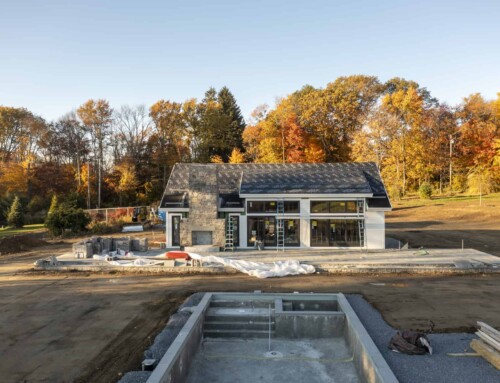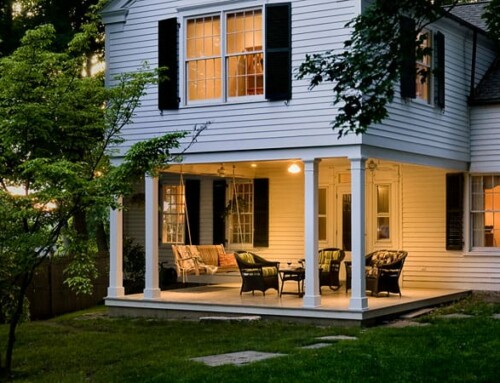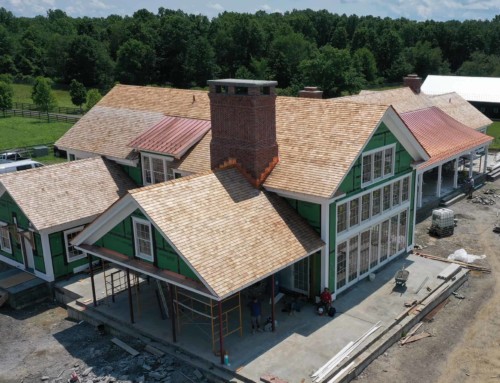 I once owned a converted one-room schoolhouse built in 1865. The siding and the trim around the windows, soffit, fascia, corner boards, etc. were made of pine. When I bought it, it had been without paint for years yet the windows and trim were in perfect condition. Today, if you left a wood window made of pine exposed for 2 years (or less) you would probably need to replace it. Homes built 15 years ago can have major problems with rotting windows and trim. It is rare to find a 20 year old home which does not have at least some problems with deteriorating wood.
I once owned a converted one-room schoolhouse built in 1865. The siding and the trim around the windows, soffit, fascia, corner boards, etc. were made of pine. When I bought it, it had been without paint for years yet the windows and trim were in perfect condition. Today, if you left a wood window made of pine exposed for 2 years (or less) you would probably need to replace it. Homes built 15 years ago can have major problems with rotting windows and trim. It is rare to find a 20 year old home which does not have at least some problems with deteriorating wood.
I have asked experts in the field of wood science why this is happening. The main cause they quote is fast growth timber. Most of our old growth forests, which included trees that were hundreds of years old, have been harvested. Producers have had to replace them with fast growing species, which can be harvested in decades rather than centuries. This is true of pine, cedar, fir and many more tree species we use in construction.
From what I understand, most early homes in America were made of old growth long leaf pine. They were first growth, 300-year-old trees composed of mostly ‘heart’ wood, which has a tight grain structure and is very rot resistant. We simply do not have a lot of those trees available for home construction. The species most commonly used for wood windows and pine trim is soft and much less rot resistant than the heart pine.
Poor quality wood is not the only problem. Paints in general do not protect wood as well as they did when lead was a major ingredient. While it was absolutely necessary to remove lead from paint, no substitute that I know of has matched its longevity.
So what is a homeowner to do? It is important to realize that moisture is the greatest threat to wood products in general. The sooner we can remove water from the surface of building materials, the longer they will last. This can be done with proper detailing and scrupulous maintenance. A proactive approach can give any building material a fighting chance. When the budget allows, we substitute cedar and mahogany for pine or fir because of their superior rot resistant properties. Some man made products can be used judiciously where moisture is a problem. Wood is a beautiful and traditional building material, with care and attention to detail, we can continue to use it without fear of systemic rot.








Jim- good points concerning woods future as the primary material for millwork. Manufacturers are working hard to design architecturally correct products with man made materials. Although metal clad and vinyl products have been around for many years, in most cases they were “easy to spot from the road”. Today, these products along with fiberglass and other plastics are being used to make doors,windows, and architectural millwork with details similar to the traditional wood of years past.
Additionally, factory prefininshing has allowed more durable paints to be applied under controlled conditions. While this finish is not “maintainance free”, it is superior to most that can be field applied.
Although wood will likely never disappear from millwork, it’s role looks to be reduced in the coming years.
Thank you Tom,
You know more about those issues than most people.